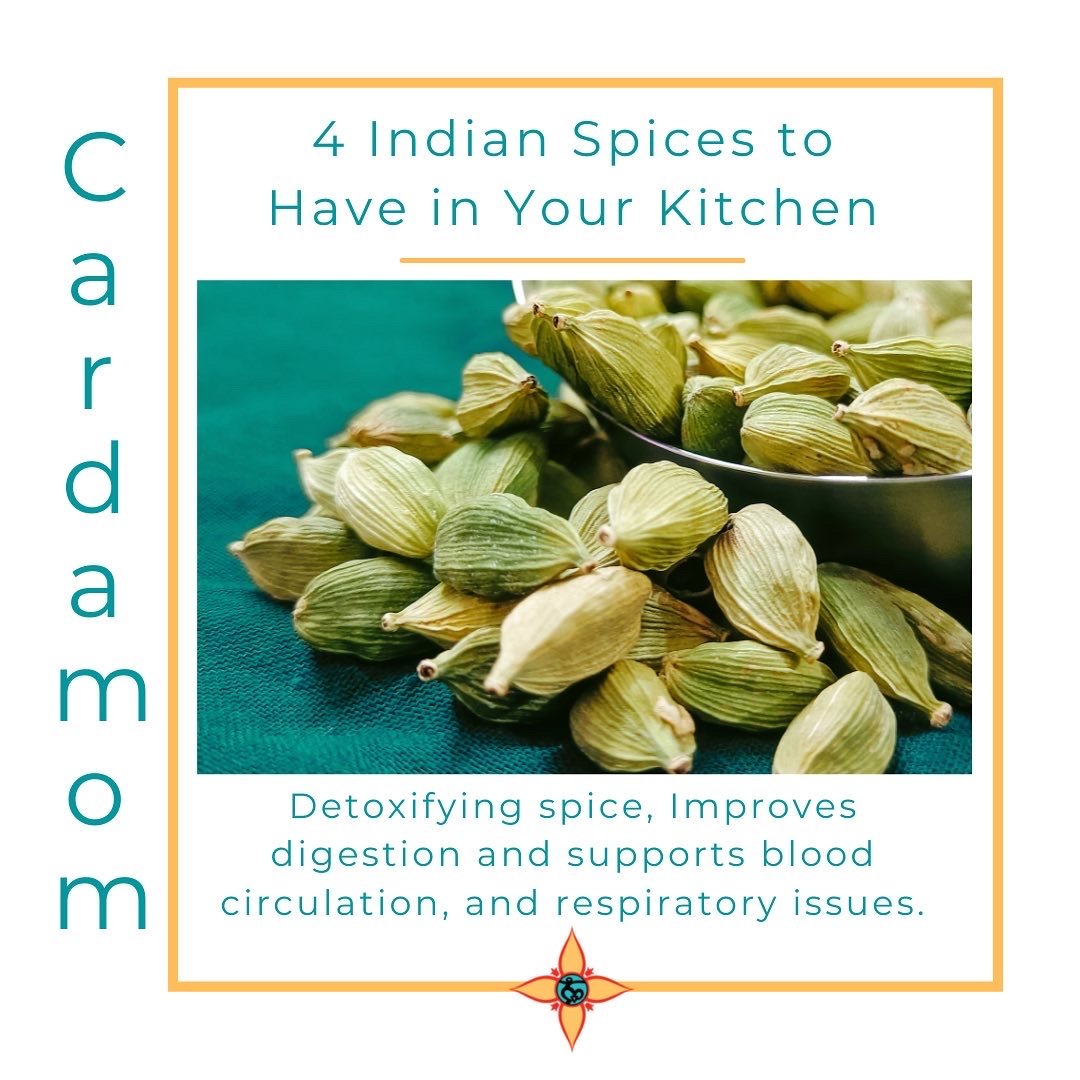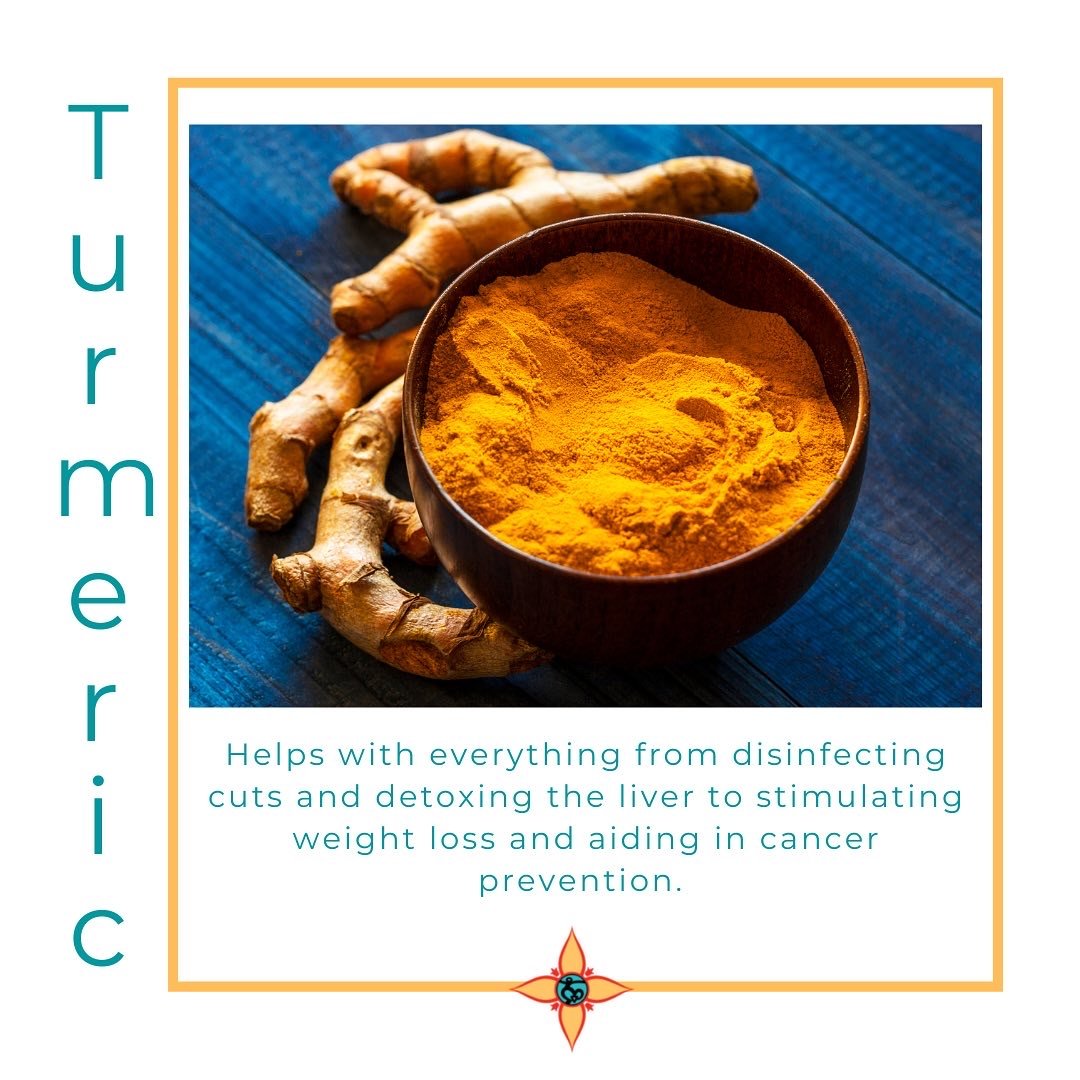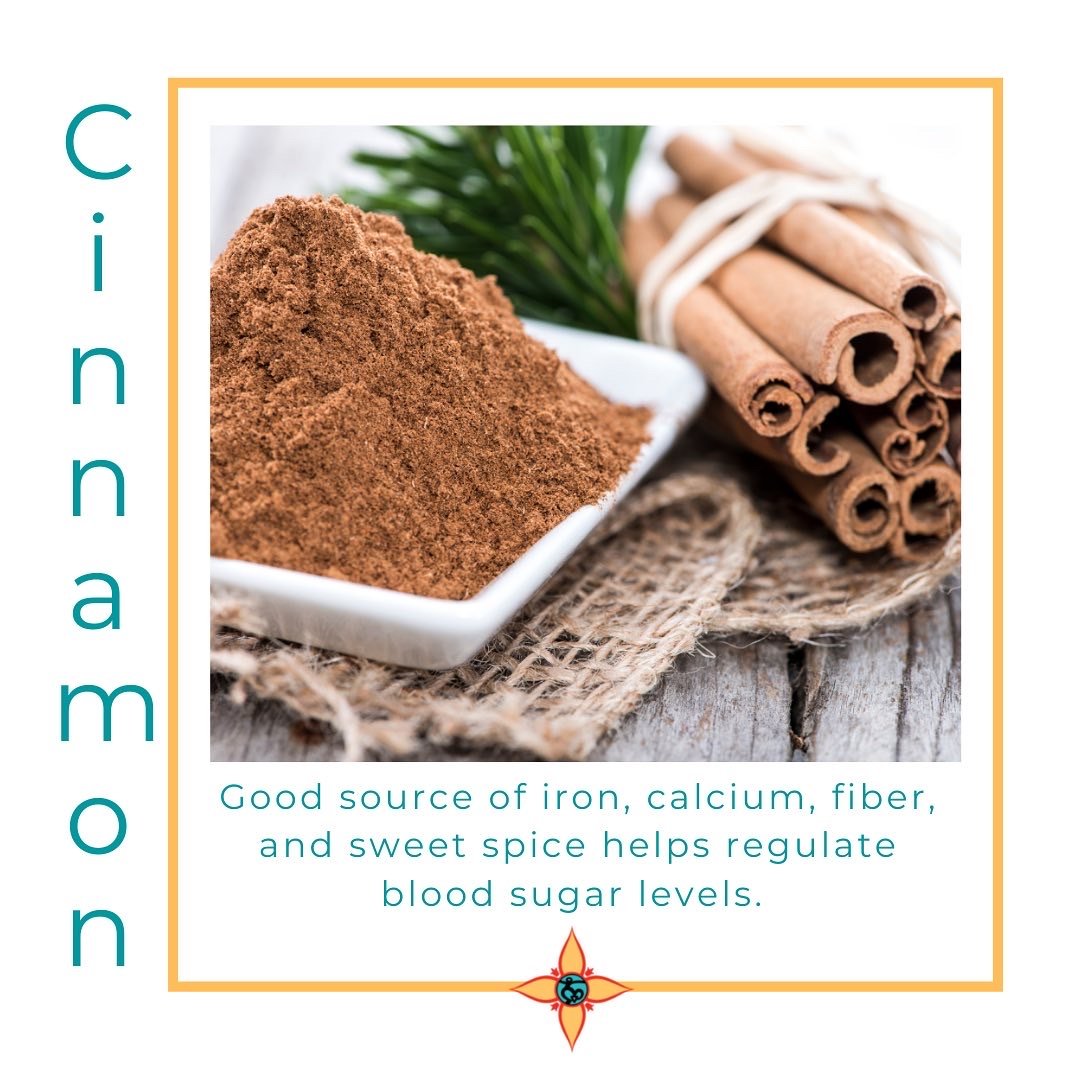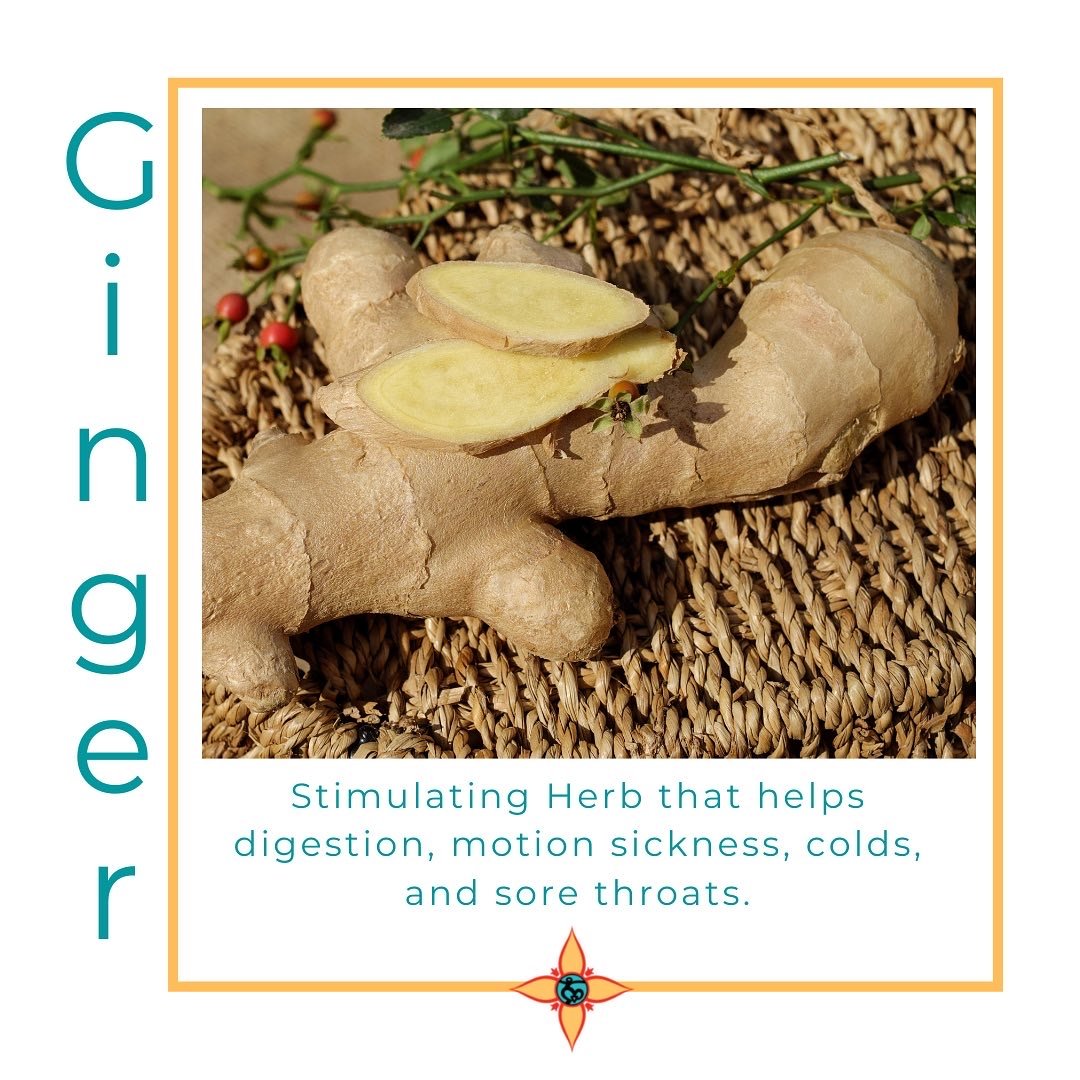The Spices of Life 4 Spices for Healthy Living
It is always the condition of the root that controls the tree.
- Maharishi Mahesh Yogi
I have been through a lot over the last few months, and chances are, so have you. As I spend time preparing for an incredible week of healing in Costa Rica with other beautiful souls going through a similar journey, I was compelled by the words of Maharishi as I watched the sunrise.
"It is the condition of the root that controls the tree." I feel personally connected to this as I feel my roots have been poisoned by my own doing. Sure I am avidly committed to my insanely neurotic healthy lifestyle,
but in the midst of it all, I truly feel something is off.
Looking at my surroundings, as beautiful as they are, as well as peaceful, I see the interconnectedness of everything and how it all works in unison, myself a part of this essence of abundance from the divine, yet, an undertone of solitude follows the waves that kiss the rocks and take with them, a little piece of those rocks as they return to the sea. The trees absorb their nourishment, reaching out to one another and sharing the gifts that are received.
Their roots have varying conditions and their leaves are what express how vibrant, loved, and healthy, each one is. I ask myself, as I reflect on what condition my roots are in and I wonder, how am I nourishing myself aside from the inside out?
Love is something that comes from the purest form of source. It is the presence of its divine embrace that nature is so rich to receive and provide. It is the connection to this source that in turn blesses everything with the strength to make conscious decisions to nourish the roots and bear the fruits that are so graciously received.
Nature provides us with 4 very special spices that produce incredible healing qualities and may be considered staples for all beings to have in their kitchens. These 4 Spices, I like to call, the Spices of Life. Found anywhere and everywhere, these 4 spices contribute to the condition of the roots that control the tree.
Chances are, you possibly did not know of the incredible gunas (qualities) these spices possess.
These 4 key spices are in our kitchens. You may not have known how important they are to the vitality of our unique physiology. In India, these 4 are part of a group of spices that are a staple to Indian cooking and for natural medicine also known as Ayurveda.
Using these 4 spices will prevent the onset of many diseases such as cancer, cardiovascular issues, and diabetes. Studies have shown the benefits of these spices and how they truly enliven the inner intelligence of one’s unique Prakriti (cosmic composition).
Cardamom is a detoxifying spice that improves digestion and supports blood circulation and respiratory issues.
Turmeric helps with everything from disinfecting cuts and detoxing the liver. It also stimulates weight loss and aids in cancer prevention.
Cinnamon, is a sweet spice that is a good source of iron, calcium, and fiber, and helps to regulate blood sugar levels.
Ginger is a stimulating herb that helps digestion, motion sickness, colds, sore throat, and upset stomach. (read the entire blog here)
Ayurveda is a way of life. It is the essence of preventative care and works to promote natural ways of living in harmony and balance with nature. Most importantly, it encourages a Sattvic (balanced and pleasant) lifestyle where one is free from or able to eliminate Rajas (aggravating or sharp behaviors) and Tamas (dull and slowed behaviors). Attaining a Sattvic life consists of sustaining a Sattvic diet with foods such as ghee, honey, cow’s milk, rice, organic, fresh, and wholesome food. One tends to have a more positive outlook, have a strong meditation and yoga practice, is consistent with a daily dinacharya, and lives in harmony with circadian rhythm without excess.
Sattvic living is applying the Eight Limbs of yoga in one’s life.
The 4 spices above are used within the Sattvic diet for many of the recipes you will find in the Free Resource Library. Using these spices in the recommended manner offers the individual a way to balance their doshas, realign with healthy digestion, and re-establish vitality known as Ojas, within themselves. In India, foods such as Marsala tea, chai, curry, lassi, and kitchari, utilize them to enhance the flavors of traditional Ayurvedic Indian recipes as a method of eliminating Rajas and Tamas.
Integrating TM (transcendental meditation) and Yoga asana into your daily routine, stimulate the networks within the body such as the Immune system, parasympathetic nervous system, sympathetic nervous system, endocrine system, digestive system, Srotas (channels of vitality), Nadis (channels of higher intelligence for Kundalini), Chakra system, and the Mahabhandas (subtle body system). These partner practices cultivate higher states of consciousness, taking one into deeper spaces of healing from emotional, mental, and physical traumas. Over time, one is able to live in Moksha (liberation) from inner suffering.
Turmeric has been my “go-to” spice since integrating Ayurveda fully into my life. I have noticed its tremendous influence on the purification of my body and habits I once had that were harmful to my inner self, have fallen away allowing me to feel lighter, clearer, and go deeper into my meditations. I feel much healthier and have noticed that I am able to remain within a state of Pratyahara (withdrawn from senses) when my Vata and Pitta are aggravated due to external circumstances. It may seem to one that I may be “upset” when actually, I am going within and choosing not to entertain any emotions that will vitiate the situation further. This is where the inner intelligence takes over and I am in a state of Dharana (concentration) to sustain the inner balance of remaining in a Sattvic space.
Cardamom consists of gunas that support Rakta vaha srota and Rakta dhatu, as well as Rasa dhatu and Rasa vaha srota. These qualities not only enhance the wellspring of knowledge from within but also activate the circulation of plasma and purification that enriches the dhatus (tissues) and promotes improved cardiovascular health. In addition to the power of digestion and enhanced blood circulation with the intake of Cardamom, the juxtaposition of Sukh Pranayama (alternate nasal breathing), helps to move the nutrients throughout the body and sustain improved cardiovascular health and reduce blood pressure. Recently, I had the pleasure of teaching my 87-year-old grandfather how to do Sukh Pranayama and we noticed a trend in his blood pressure. Before Sukh Pranayama, his blood pressure tended to be on the higher end, 128/83. After just 2 mins of Sukh Pranayama, it read 117/67. Ofcourse we had a few fluctuations in between, but nevertheless, this was an incredible experiment of naturally reducing his high blood pressure in just one week. Eating avena with cinnamon, cardamom, and turmeric, contributed to reducing the intake of over-the-counter vitamins and fewer pills to take and increased the intake of natural foods. When visiting with his doctors, their response was, “keep doing whatever it is you are doing.”
Another method supporting Rakta and Rasa dhatu is the intake of Cinnamon. A sweet spice indeed and one commonly used in “pancakes,” “avena,” and “chai,” it also is a sweet and fun way to integrate it into your daily diet while helping to alleviate iron deficiencies in persons that struggle with iron supplements. Cinnamon may even be considered a miraculous spice, as its qualities are tridoshic balancing depending on the amount of intake. As it is a Madur (sweet) rasa, it can increase Kapha a bit, when indeed we want to keep Kapha at bay. It is wonderful for Vata to increase and Pitta to neutralize. See this blog for Diet according to Your Dosha.
Ginger is a wonderful herb to activate Jatharagni which in turn promotes digestion and supports the sequential process of the 13 agnis. Through this system, it works by nourishing each of the dhatus that receives its respective nutrients and increases the end result of the metabolic process known as Ojas (vitality).
Together, these 4 powerful herbs equate to the Spice of Life, enhancing the individual Prakriti (cosmic nature) and reducing Vrikriti (imbalances). Integrating these herbs into your life will promote optimal health and wellness for anyone at any age.
In our 200-hour Ayurvedic Teacher Training, along with our Membership program, we dive deeper into the Art of Ayurvedic Living and share many more recipes, spices, and qualities, which one’s balance, increase, or decrease your doshas, and how to intake them within your daily routine and diet without changing a thing. Get access to the Free Resource Library here, or join our membership and receive a free 7-day trial. If you would like to dive deeper, then register for our self-paced or next session 200 Hour AYTT here.
We hope that you benefitted from our free-of-charge programs and services, for which a group of expert yoga teachers, ayurvedic clinicians, practitioners, consultants, and holistic wellness leaders volunteered their time and creative effort to support you so you can live your best healthy life. Continued electronic implementation, programming, and education require considerable expense to sustain online at little to no cost for you and the community. Will you Please consider giving to JBYF in acknowledgment of this professional contribution?
Thank you very much and live well.




